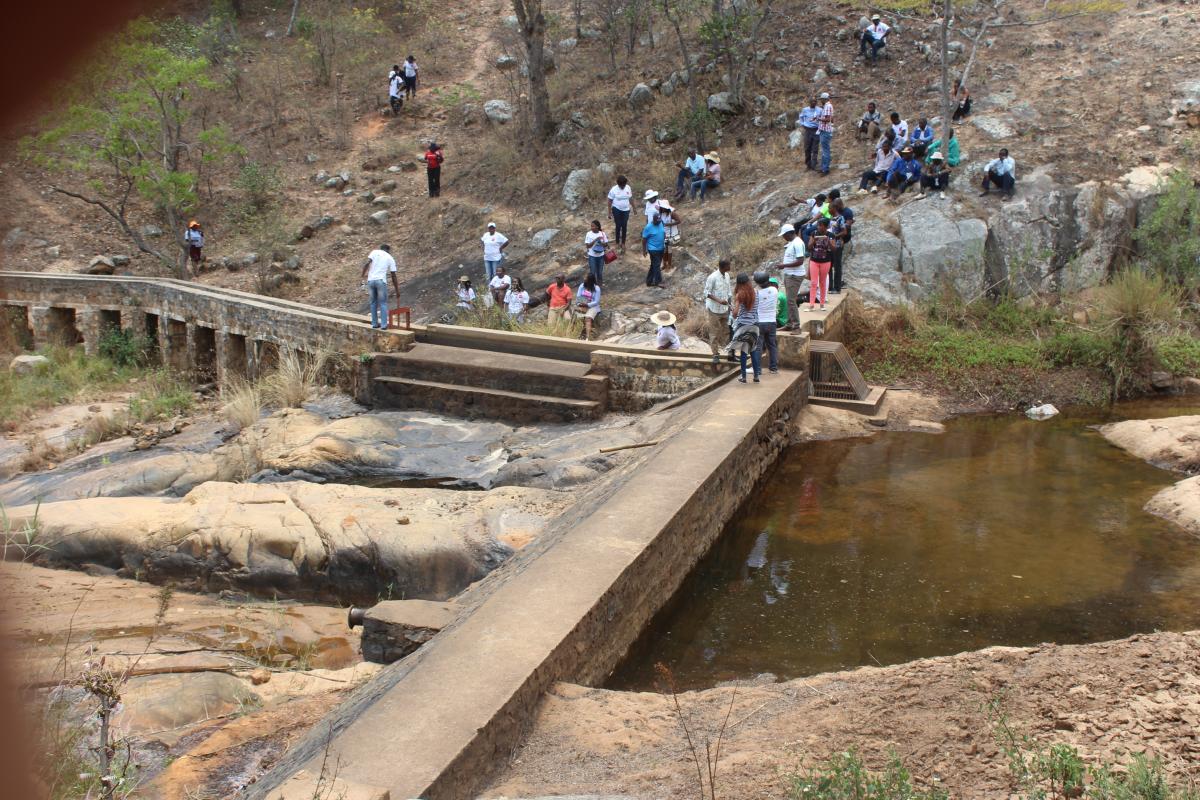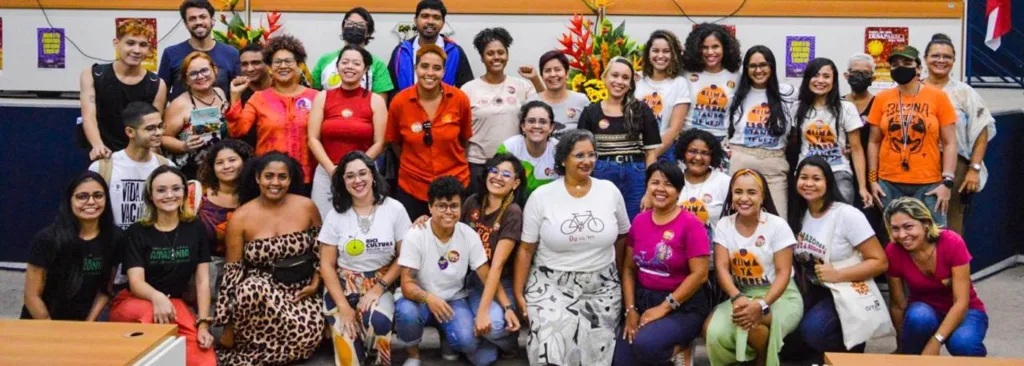The Chitoro river – vital in supplying water that powers the Chipendeke Micro Hydro Scheme in this remote, rural village in eastern Zimbabwe – is in a sorry state, to put it bluntly. It is filled with sand, a deteriorating ecosystem and only a trickle of water seeping from its riverbed. For the past two years between July and October, the river has completely dried up, shocking villagers and particularly the elderly, whose lifetime memories are of the river flowing throughout the year.
The shocking state of the river was revealed during a recent tour of the Chipendeke Micro Hydro Scheme aimed at increasing awareness of renewable energy among Hivos Southern Africa’s partners under the Green Inclusive Energy (GIE) project.
“For the past two years, this river has dried up and we have been forced to turn off the micro hydro station. Of course, it is being caused by climate change, but the hand of man is also at play,” said Noah Senga Senga, Secretary General and Spokesperson for the Chipendeke Micro Hydropower Scheme.
Senga said that human activity, such as stream bank cultivation, in addition to climatic shifts were contributing to the river drying up. He added that climate change mitigation measures were critical to sustain renewable energy projects.
It is estimated that Zimbabwe has a potential to produce 120 megawatts via small hydro power stations, particularly in the Eastern Highlands where there are many perennial rivers, but climate change poses a serious threat. Endemic droughts have resulted in a reduction in electricity generation from hydropower plants. The resulting lack of water supply is a problem that is also growing worse by the day.
“The water disappeared quickly this year. This is the second year running for us when all the water has literally disappeared from the river forcing us to cease operating the hydro station,” said Eric Dowi, 65, security manager of the Chipendeke Hydro Power Station.
Access to electricity now facilitates better learning conditions for schoolchildren at Chipendeke Primary School.
“As a result of the micro hydro station, our primary school has become the same as any school in an urban setting. We have also improved on teacher retention; since 2010 no teacher has transferred from the school, thanks to the availability of electricity,” he said. “Now that the river is under threat of drying up due to climate change, we fear that the progress we have made will be reversed.”
The Strategic Partnership on Green Inclusive Energy is a joint initiative of Hivos, ENERGIA and the International Institute for Environment and Development (IIED), funded by the Dutch Ministry of Foreign Affairs for five years starting in 2016.
The programme’s overall objective is to meet the energy needs of women and men for their daily activities, livelihoods, education and health through green and inclusive energy systems that create economic opportunities and growth while mitigating climate change. The GIE programme aims to empower citizens to effectively speak out about their experiences of climate change so that they can influence policies that mitigate climate change and promote uptake of renewable energy.




